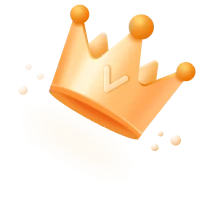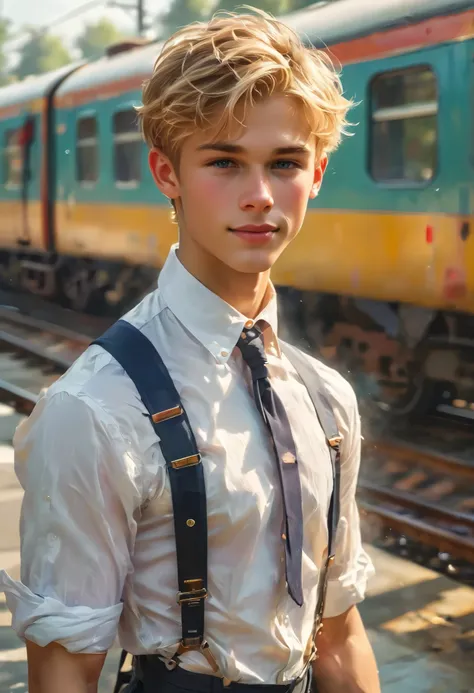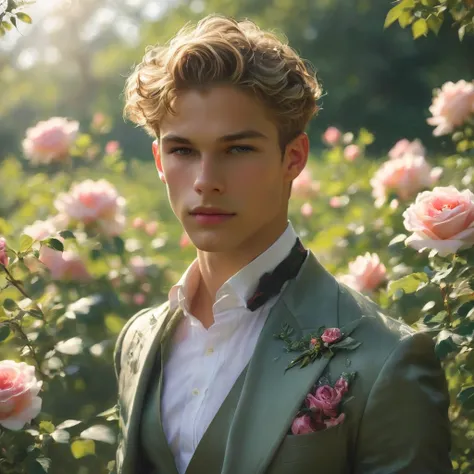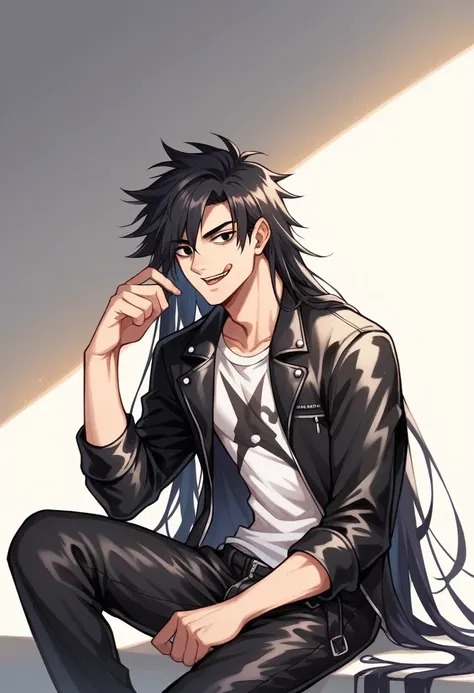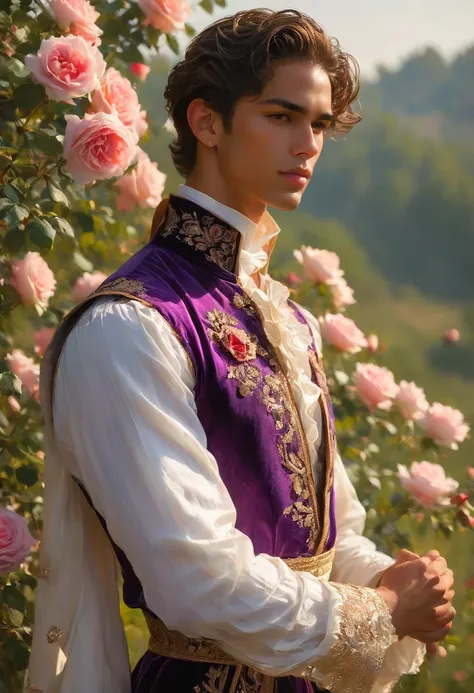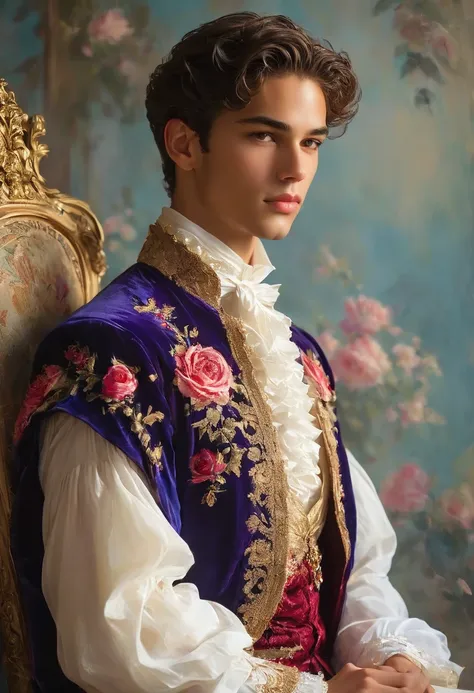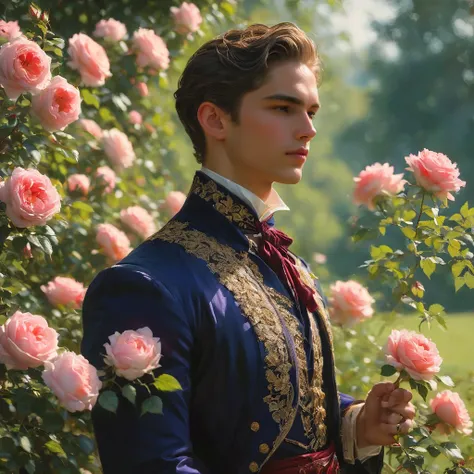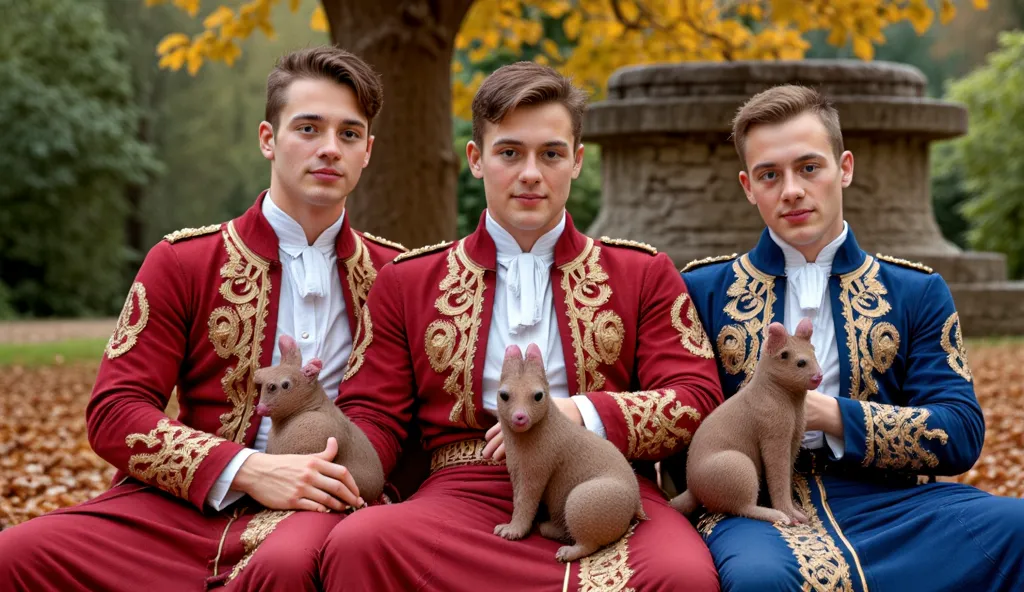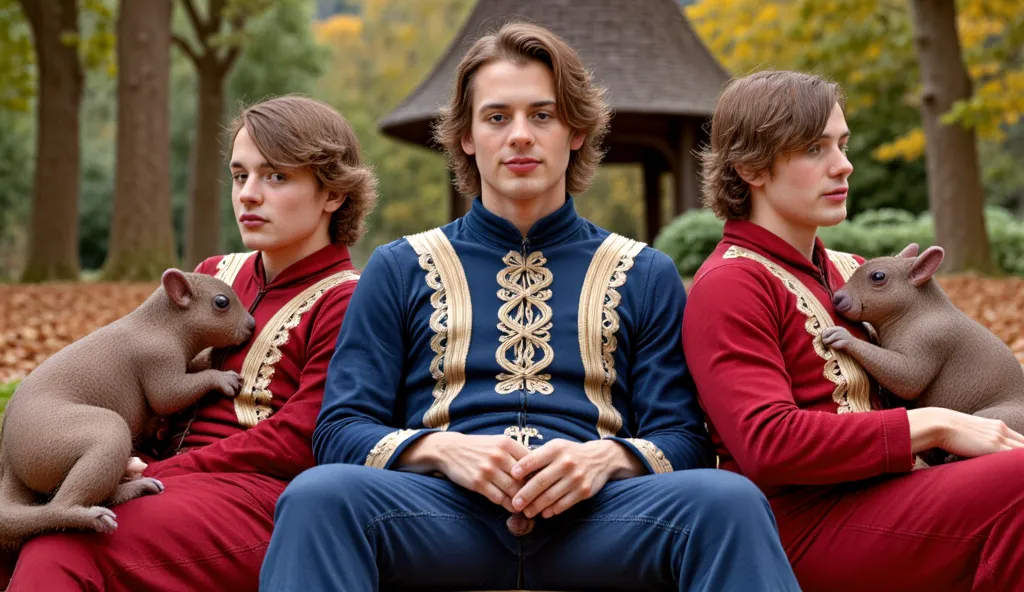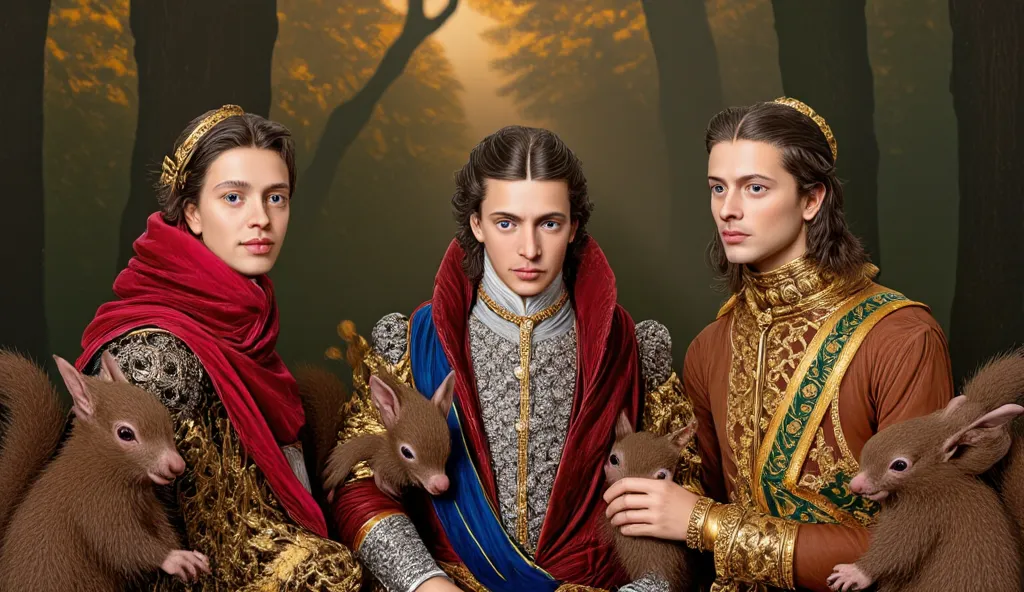Jockstrap - varied colors, styles and concepts (FLUX, Pony & SDXL)









FLUX version: I created a FLUX LoRa for this clothing style concept because I wanted one that had a high degree of versatility in style, material, angle, model pose, and other factors. So this was trained against my previous SDXL/Pony large dataset, 800+ HD images, although cleaned and culled it a bit, and used a specific LLaVA prompt captioning parameters that focused on object + context approach. While I'm not happy with the size of the LoRA itself, it does the job I wanted it to do well so I thought I'd share it anyway.
Used a cured dataset from previous Pony/SDXL versions, using a low and slow training approach. Dataset includes a fairly diverse set of jockstrap styles, poses while worn, angles, etc. with updated an Alpha 2 LLaVA captioning methodology.
The captioning LLaVa AI was given specific prompt instructions to caption descriptions using a concept object-in-context strategy which focused on the jockstrap itself first, such as material, positioning, angles and other materially important attributes. Then other elements in the picture would be a secondary description priority. So, when using this LoRA a specificity such as waistband size, attributes about leg straps, pouch, etc., should work better than without.
Why make yet another one when there are others available? The main goal with a low and slow + large dataset approach is to have a Flux LoRA that knows what a jockstrap is and not what you get typically get with a concept based Flux LoRA using a high and fast training approach: what jockstrap on guy looks like. The key goal/benefit with the former approach is that it really doesn't try to alter much, if at all, character elements. Don't get me wrong - I often use high and fast training approaches and Flux is really good learning that way - which is why character/people based Flux LoRAs are so easy to make.
Power-bottom line: It plays well with character/person LoRAs and doesn't try to alter body/faces - just the jockstrap, ma'am, and nothing but the jockstrap.
I'm using Replicate's LoRA trainer which gives quick access to a H100, at a very reasonable rate, but doesn't present many options as far as training parameters go - so if there's another site you suggest then let me know. My main gripe with my current approach is while very easy to create, the lack of parameter options means I can't optimize much so the LoRA size tends to be large. Since LoRA optimizers that work w/ SDXL/SD 1.5 LoRAs won't work with Flux based ones, here we are with the size.
--
Pony version: My latest version v5 was made to consolidate my previous version with a couple of my other conceptual LoRAs that involve jockstraps. The idea started with creating a LoRA with a few creative concepts without the difficulty of dealing with multiple ControlNets and/or a few very specific checkpoints. Plus many of the checkpoints generally know what a jockstrap is but often generate briefs without the use of a specific jockstrap based LoRA.
Lastly, I also wanted a LoRA that knew what an actual jockstrap garment is, not just how it looks on a dude, instead of having to resort to a complicated workflow just to get one within an image by itself.
So this one is trained not only improves on the variety and quality of generating guys wearing jockstraps in various angles , or used to inpaint, it can conceptually create concepts related to them.
You can mix-and-match - it's not 100% but it shouldn't take many generations to get generally there.
You can prompt with things like vantage point, color, actions or just the garment itself. The model gallery shows examples of the outputs and prompts used to create them to give you an idea.
things like:
[pov] [color] [smelling / sniffing] [on floor, face, holding, stretching] [peek] [no humans, display] etc.. you can combine them in various ways but the more complex the more patience will be required before you get what you want with a generation cycle.
SDXL version 6: Is generally good for full image generation or inpainting. Prior versions are generally better for inpainting.
Pony version: Suitable for full image generation or inpainting.
RE: Pony + Inpainting:
I found that Pony is generally more difficult to inpaint out of the box, but the right checkpoint, sampling, scheduler and LoRA it can be done without much of a mess.
I've been using Virile Stallion with fairly consistent results using either Euler A or DDIM with Karras using Fooocus and Krita. With A1111/ReActor I just use basically the defaults Inpaint Anything extension, or adjust sampling, schedule and checkpoint values using regular Img2img inpaint methods.
v1.2
My first published LoRA - should be versatile enough for varied poses
Trigger is jockstrap and you can specify varied colors - helps if you specify jockstrap front or back if you want to focus on a side
black jockstrap, white jockstrap, purple jockstrap front, etc.
jockstrap thong, jockstrap underwear, bulging jockstrap etc.
Used a cured dataset from previous Pony/SDXL versions, approx 800 images varied jockstrap styles, poses while worn, angles, etc. with updated Alpha 2 captioning.
1. The rights to reposted models belong to original creators.
2. Original creators should contact SeaArt.AI staff through official channels to claim their models. We are committed to protecting every creator's rights.



















